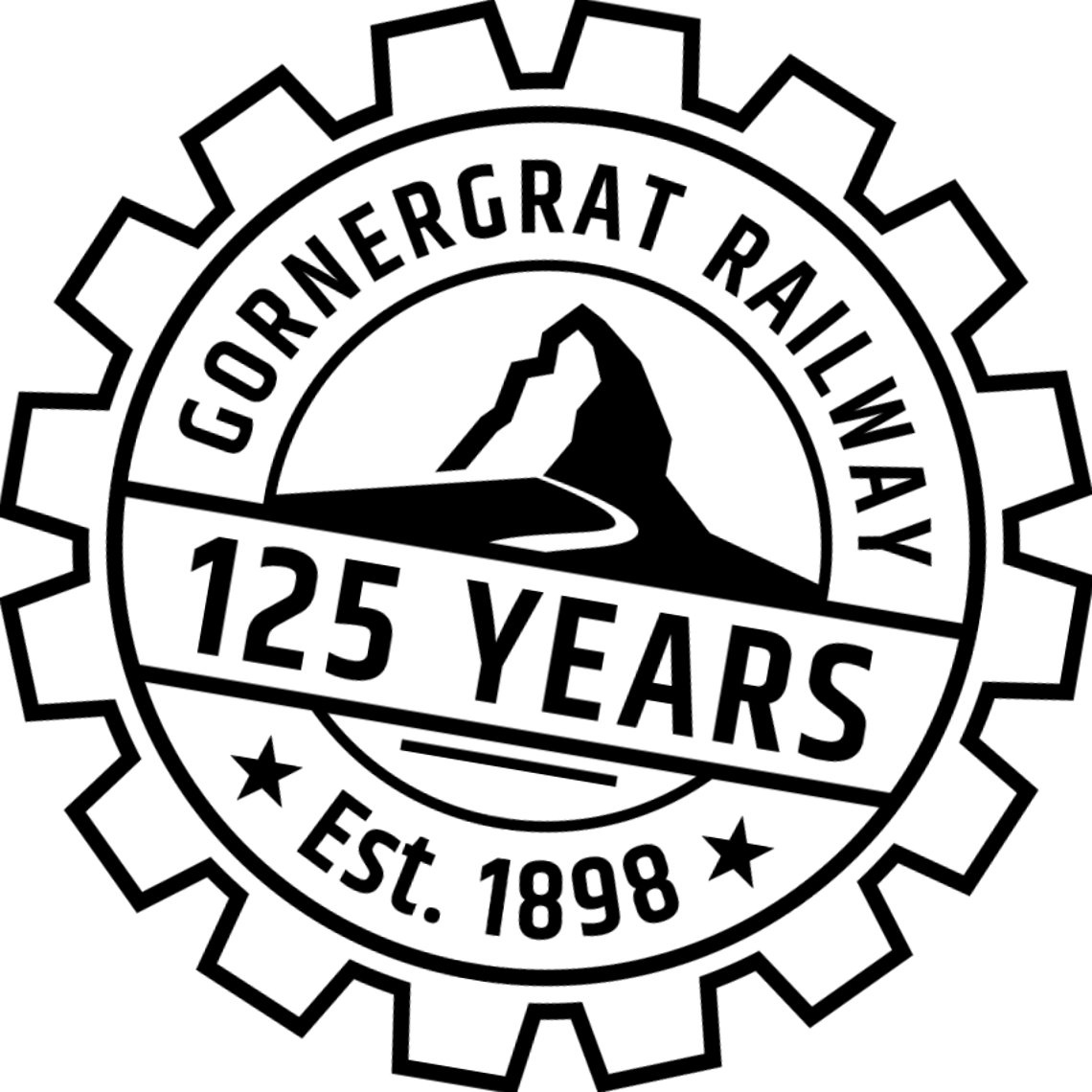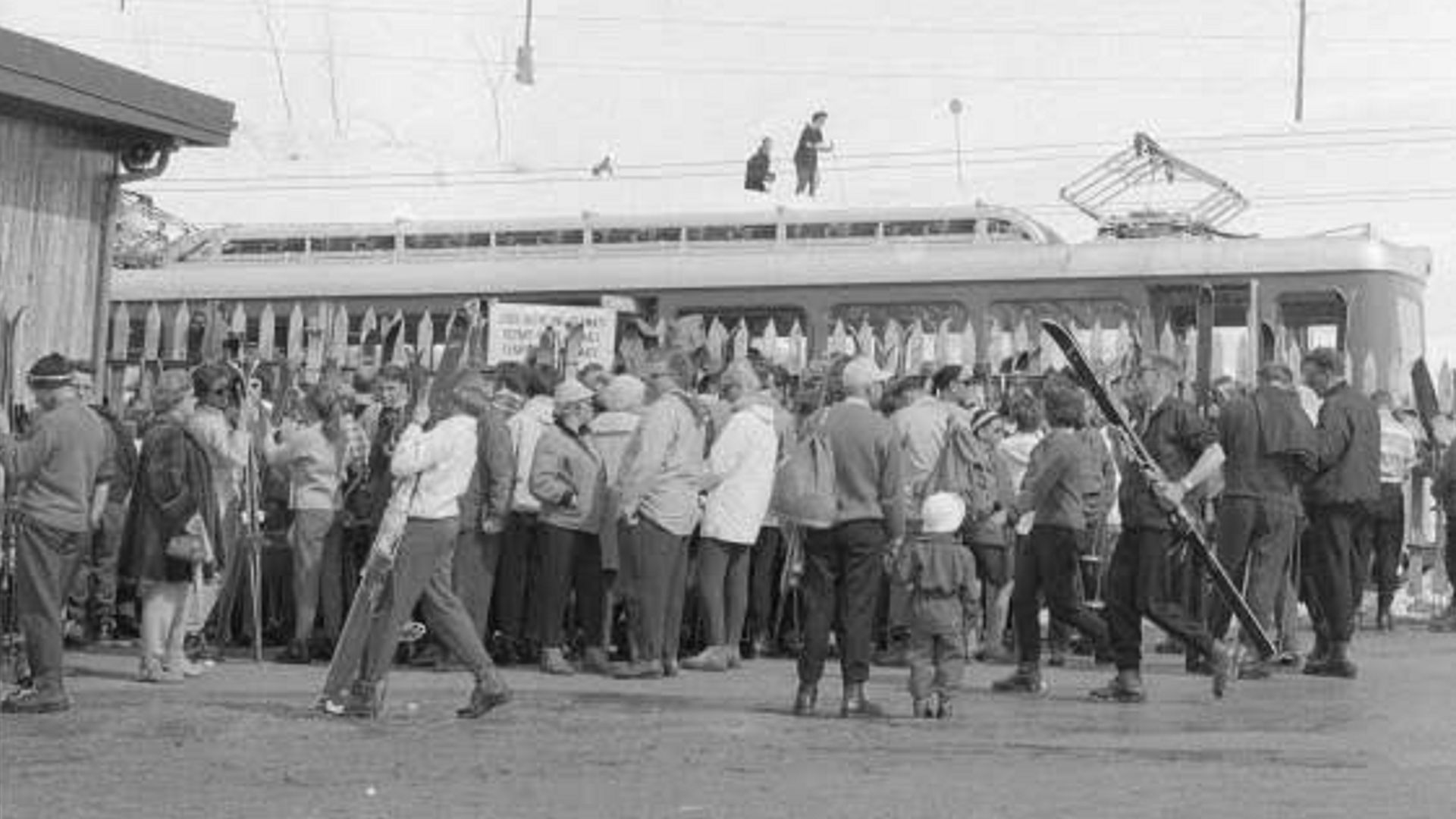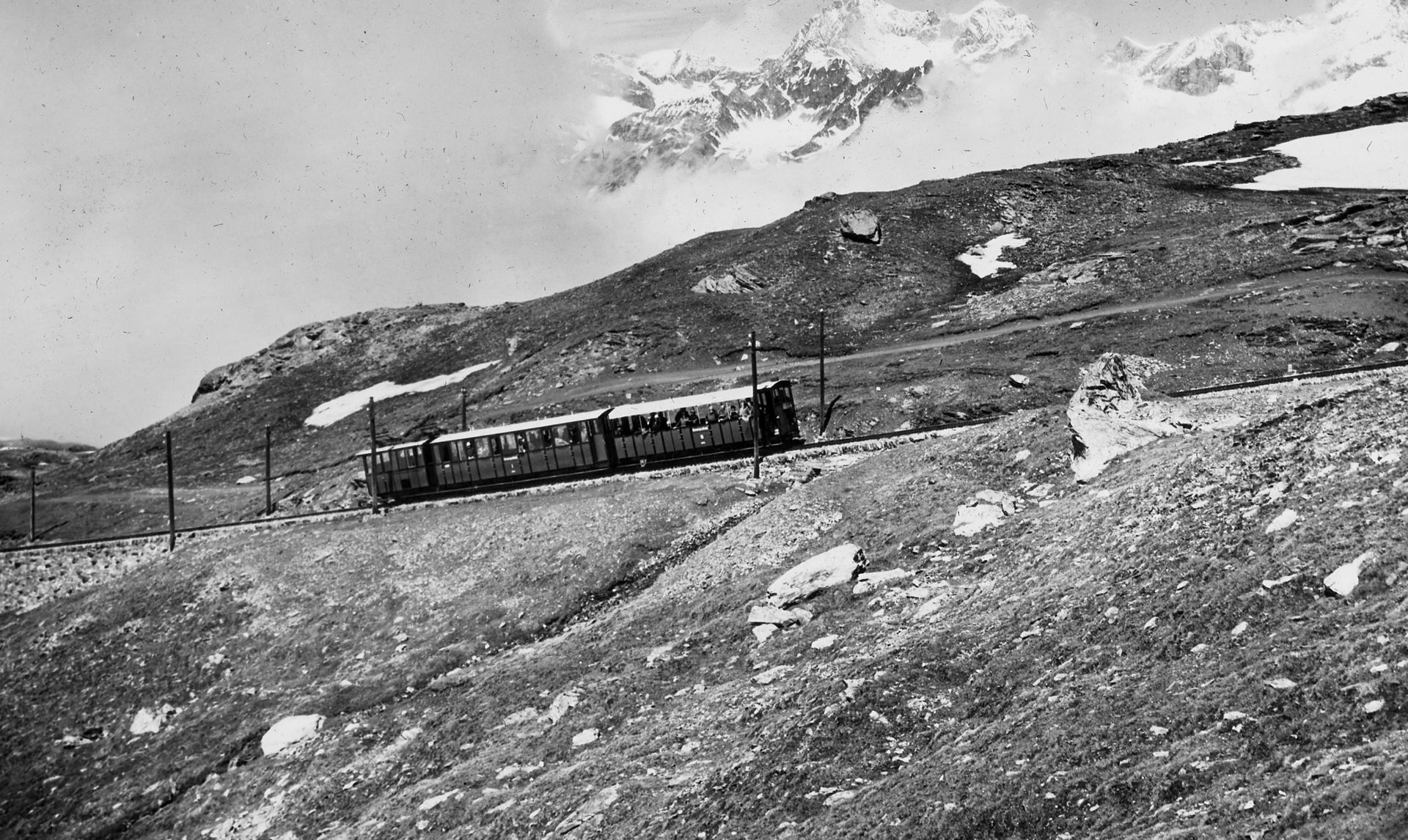Black market for ski tickets
Story 51
In the 1950s, winter tourism really took off. As a result, some of the railways no longer had sufficient capacity to transport passengers quickly. A new organisational concept ultimately led to an unwanted black market.
Long queues
Ludwig worked at a ticket counter for Gornergrat Railway and sold tickets to skiers there. The big rush with the long queues bothered him. He had read that Gornergrat Railway transported around 66,000 passengers in the winter of 1946. Five years later, in the winter of 1951, it was already over 95,000. Customers who were often dissatisfied due to the long waiting times also became a problem for him and his staff.
Angry guests, negative press
Gornergrat Railway was no longer able to cope with the onslaught without measures being taken, despite the fact that the space available had almost doubled since the acquisition of the light railcars. As a solution, so-called seat tickets were introduced for the trip up the Gornergrat. However, they were often sold out days in advance. As a result, some of the tickets were traded and sold at a profit. In the second ski area too, skiers had to queue for a long time at the Zermatt-Sunnegga chairlift and at the Sunnegga-Blauherd ski lift. Many guests were therefore very angry and travel journalists in particular often advised against a ski holiday in Zermatt in their reports.
Investments in the future
In order to improve the situation for guests, the various railway companies subsequently planned various new railways: the Gornergrat Hohtälli-Stockhorn aerial cableway, the Schwarzsee aerial cableway and the Findeln-Sunnegga chairlift. These were all built from the mid-1950s.


